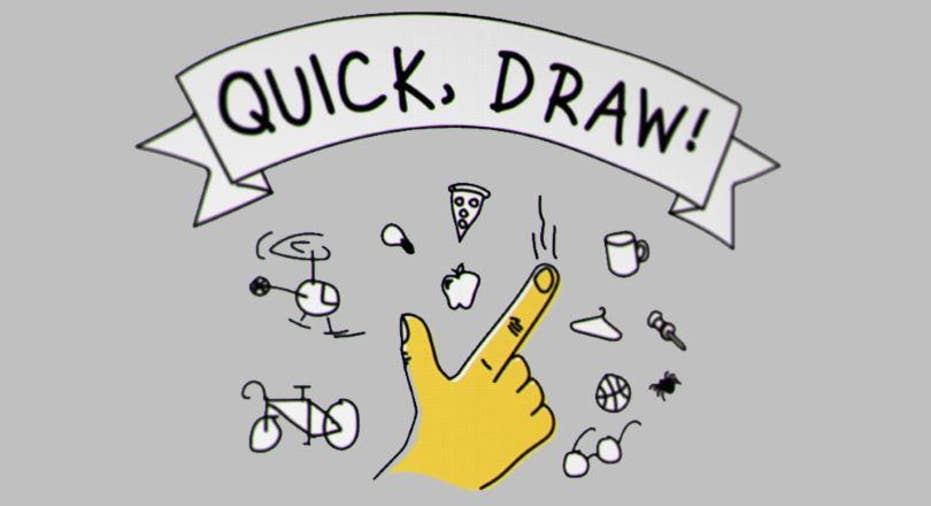Google Quick, Draw! Needs Your Doodles

Google would really appreciate it if you spent some time drawing doodles today. In so doing, you will be helping an AI learn and become more intelligent.
Machine learning is a term we should all get used to hearing more often. It's a field of computer science focused on allowing computer systems to learn without explicitly being programmed to do so. In basic terms, a machine learning system uses algorithms to predict what is going to happen and learns based on how right (or wrong) those predictions turn out to be.
Google's Quick, Draw! AI experiment is an example of machine learning. The user is tasked with drawing a wide range of doodles, for example, a snake, shoe, or elbow. The neural network powering Quick, Draw! attempts to predict what you are drawing. If the prediction matches the initial request, you are asked to draw another doodle. For the user it's a fun distraction, but for the neural network it's an essential learning tool.
When Google first launched Quick, Draw! it wasn't very good at predicting our doodles, but as thousands more doodles are drawn it slowly improves and will eventually become very accomplished at knowing what most doodles represent.
Google recently launched a number of AI experiments on the Web, all of which aim to prove that AI can be applied to most human pursuits. But Google's main priority is improving its own services using AI. The use of a neural network for better language translation is proof of that.
This article originally appeared on PCMag.com.



















